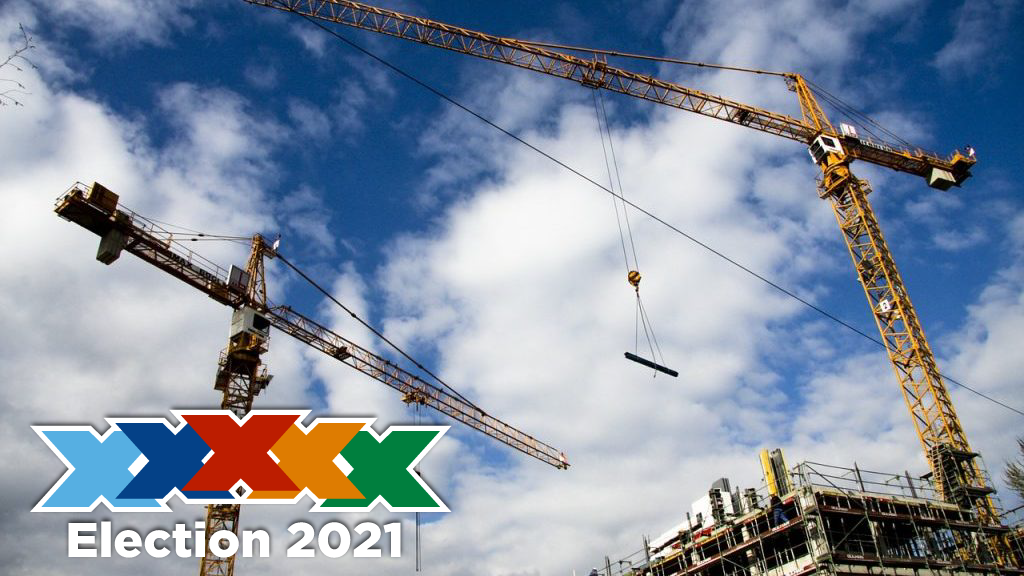Buildings are Canada’s best opportunity to reduce greenhouse gas (GHG) emissions while simultaneously providing socio-economic and environmental benefits. But since 2005, the building sector has seen its emissions increase, accounting for 12 per cent of Canada’s GHG emissions.
In advance of the election, the Canada Green Building Council (CaGBC) sent five recommendations to the major political parties.
The recommendations outline the investments and approaches needed to accelerate a low-carbon transition for the building sector. As each platform was announced, we assessed the parties’ commitments based on our recommendations.
One thing is clear from our review.
Unlike previous elections, all major political parties came to the table with platforms that addressed climate change to some extent. Across the board, buildings, and specifically building retrofits, are poised to be a key component of parties’ plans to meet Canada’s carbon-cutting and job-creation goals.
Here is a short analysis of the parties’ propositions related to CaGBC’s recommendations:
- Develop a “Buy Clean” approach (requires the use of low-carbon construction materials and determining a “made-in-Canada” threshold): the Liberal Party of Canada (LPC) and the Green Party of Canada (GPC) mention their intentions to pursue this. The New Democratic Party (NDP) and the Conservative Party of Canada (CPC) preferred a “Buy Canadian-made materials” approach first, followed by environmental outcomes.
- Achieve a net-zero emissions strategy for buildings: Building retrofit commitments are present in all platforms, but parties have different approaches. For example, the LPC and NDP want a national strategy for buildings while the CPC focused on facilitating the creation of Energy Savings Performance Contracting. All parties plan to adopt ambitious improvements for the national net-zero building code and transition to a low-carbon energy supply. The CPC was the only party without specific commitments to timelines.
- Prioritize investment in the workforce: All parties want to invest heavily in workforce development. Three out of four platforms evaluated have specific programs to attract young and diverse construction workers. The NDP proposed modifications to more extensive social programs (including Employment Insurance) that could help the building sector.
- Support green buildings through certification standards to prevent future pandemics: The LPC, CPC and NDP all expressed the importance of indoor ventilation in buildings.
- Include early action on social sustainability and reconciliation: All parties announced promises to deliver on affordable housing and different approaches to reconciliation with Indigenous people.
This federal election will set the pace for the decarbonization of the construction sector, making it important for everyone to vote by Sept. 20.
Akua Schatz is vice-president of advocacy and market engagement with the CaGBC. Send Industry Perspectives column ideas and comments to editor@dailycommercialnews.com.










Recent Comments
comments for this post are closed